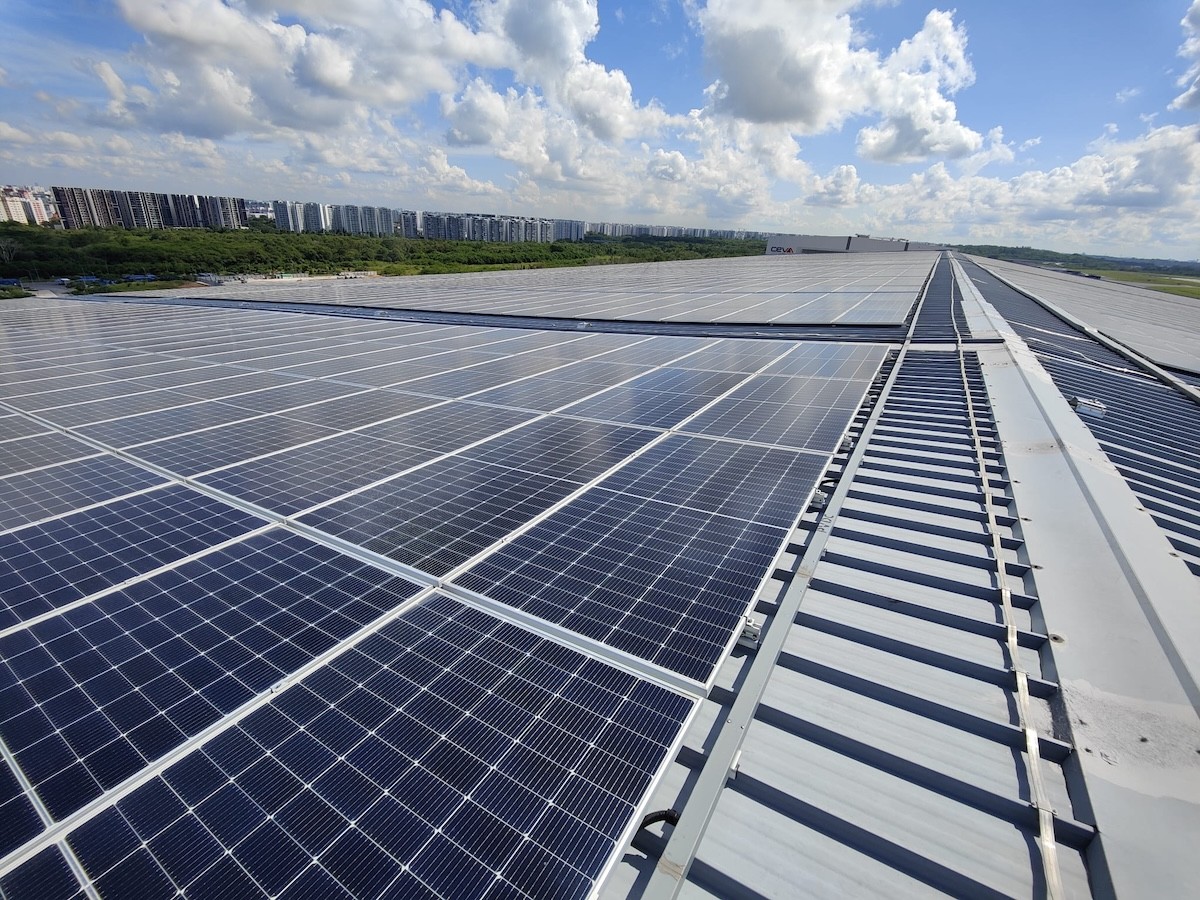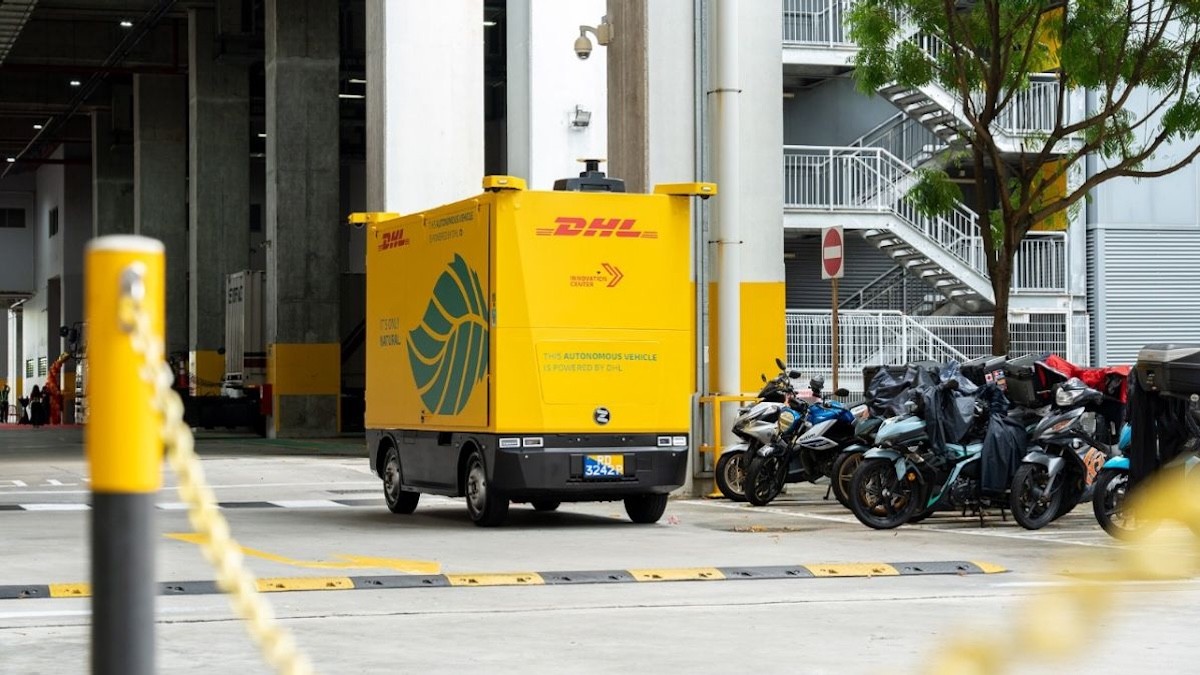S68 (SGX) has been proactive in mandating that listed companies include climate reporting in their sustainability reports on a “comply or explain” basis, starting from FY2022. Singapore joins a growing number of Asia Pacific jurisdictions that either already have in place or are slated to have in place in the coming years, mandatory climate reporting based on the Task Force on Climate-related Financial Disclosures (TCFD) for listed companies.
Regulatory push is essential, but only as effective as the quality of compliance and observance of the spirit of the rule.
See also: The Edge Singapore unveils winners of 2023 Billion Dollar Club
There are five key actions that companies should take to better articulate their climate impact through reporting.
See also: Celebrating the top listed companies in Singapore
Singapore-listed companies have made meaningful progress in their climate reporting efforts. As we move towards a reality marked by increasing climate disruptions to businesses, it is essential that companies invest time and effort to deliver transparent, robust and comprehensive climate reporting as a key component of their decarbonisation journey. By doing so, they will not just meet regulatory requirements, but will also chart a course to a more resilient, sustainable future. Ken Ong is assurance partner at Ernst & Young LLP. The views reflected in this article are the views of the author and do not necessarily reflect the views of the global EY organisation or its member firms










